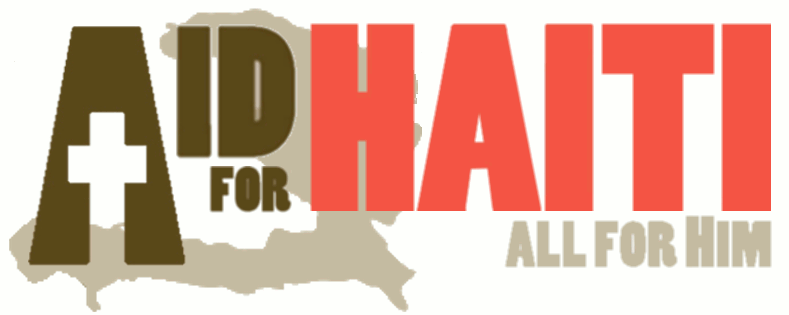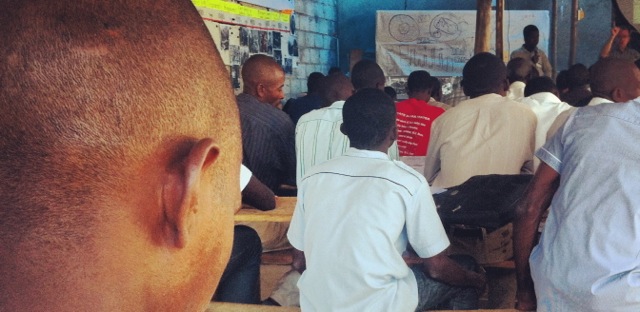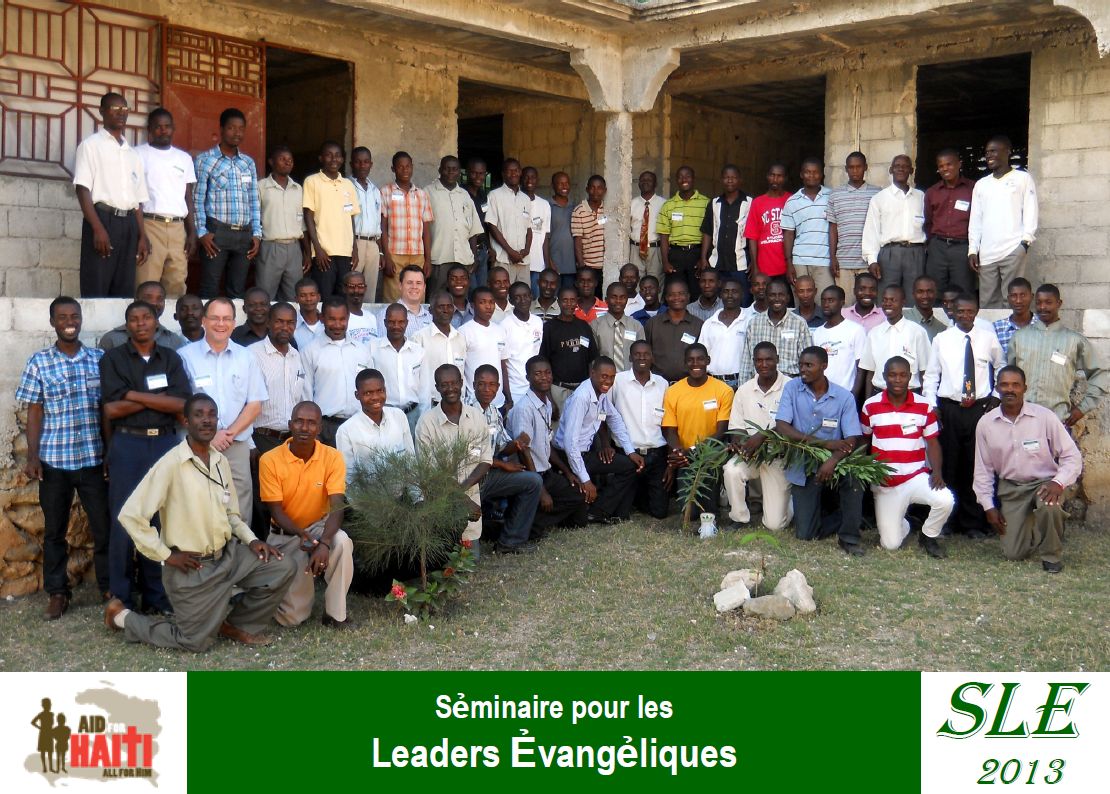
Protests linked to the outbreak of cholera in Haiti have spread to parts of the capital, Port-au-Prince.
Police fired tear gas as demonstrators set up barricades and threw rocks at United Nations vehicles. On Monday, clashes between residents and UN troops in the north had left two people dead.
Some Haitians blame UN peacekeepers from Nepal for bringing cholera to the country – a claim denied by the UN.
US health experts say Haiti is vulnerable to further outbreaks.
Sporadic gunfire could be heard on Thursday as protesters took to the streets of Port-au-Prince, which was devastated by a massive earthquake in January.
Hundreds of youths erected barricades of burning tyres and attacked vehicles belonging to the UN mission (Minustah).
The protesters shouted slogans like: “Cholera: It’s Minustah who gave it to us!” and “Minustah go home!”
Cholera is present in all 10 of Haiti’s regions. About 1,100 people have died from the disease since it emerged in the country last month.
Most of the 38 deaths recorded in the capital have been in the slum district of Cite Soleil.
The unrest comes less than two weeks before a presidential election, due on 28 November.
Officials from both the UN and the Haitian government have said described the protests as politically motivated, accusing unnamed groups of taking advantage of the situation to try to disrupt the election.
In its latest update, the Atlanta-based Centers for Disease Control (CDC) said the course of the disease was “difficult to predict” as it was the first cholera outbreak in Haiti for more than a century.
Oxfam’s Julie Schindall: “The implications are very serious…we have to move as fast as we can… and now we’ve been stopped”
“The Haitian population has no pre-existing immunity to cholera, and environmental conditions in Haiti are favourable for its continued spread,” it said.
The CDC said about 1.3m Haitians remained in camps following the earthquake and the camps’ “ability to provide centrally treated drinking water, adequate sanitation, handwashing facilities, and health care varies”.
Just 17% of Haitians had access to adequate sanitation before the quake, the CDC said, adding that the situation had considerably worsened since then.
The first cases of cholera – a water-borne disease – were reported near the Artibonite River north of Port-au-Prince. However future outbreaks could result from tainted food, the CDC warned.
It is unclear how cholera reached Haiti. There are claims that it originated from septic tanks at a base for UN peacekeepers from Nepal, but the UN says there is no evidence for this.
Cholera causes diarrhoea and vomiting, leading to severe dehydration. It can kill quickly, but is treated easily through rehydration and antibiotics.
At least 17,000 cases have been reported across Haiti.
The CDC and other agencies are trying to distribute oral rehydration solutions to combat the spread of the disease.
http://www.bbc.co.uk/news/world-latin-america-11791172



Where did all the dough go for Haiti? It’s a shame that all of the money is missing. Then again, who didn’t see this coming?